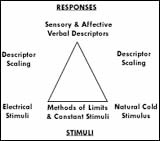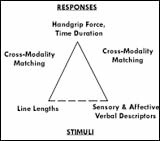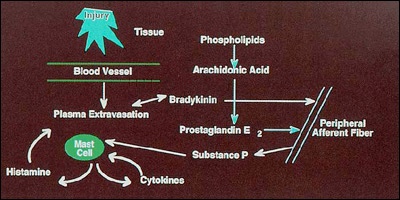...
| Div | ||||||||||
|---|---|---|---|---|---|---|---|---|---|---|
| ||||||||||
|
Some Issues in Analgesic Clinical Trials
- Differentiation of changes in sensory perception of pain from changes due to cognitive or affective factors
- Relationship of activity of analgesic drugs to internal pain activation/modulation mechanisms
- Variations in patient response to drugs
...
| Div | ||||||||||||||||||||
|---|---|---|---|---|---|---|---|---|---|---|---|---|---|---|---|---|---|---|---|---|
| ||||||||||||||||||||
|
...
| Div | ||||||||||
|---|---|---|---|---|---|---|---|---|---|---|
| ||||||||||
|
Dionne gave patients an initial test dose before surgery, then a second dose when the patient requested pain relief postoperatively. Using this protocol, he found that "all the treatments looked alike! Dionne was frustrated until he realized that the outcome he needed to consider was the time of request for the second dose, and the pain level at that point, as the measure of effectiveness of the first dose. His review of the study data confirmed his hunch, showing "a huge difference between the groups" in second-dose request time. But his colleagues refused to believe this new finding, suggesting it was "just retrospective data dredging." 2 So Dionne restarted the study from the beginning and analyzed the data prospectively to establish the truth of his contention.
...






